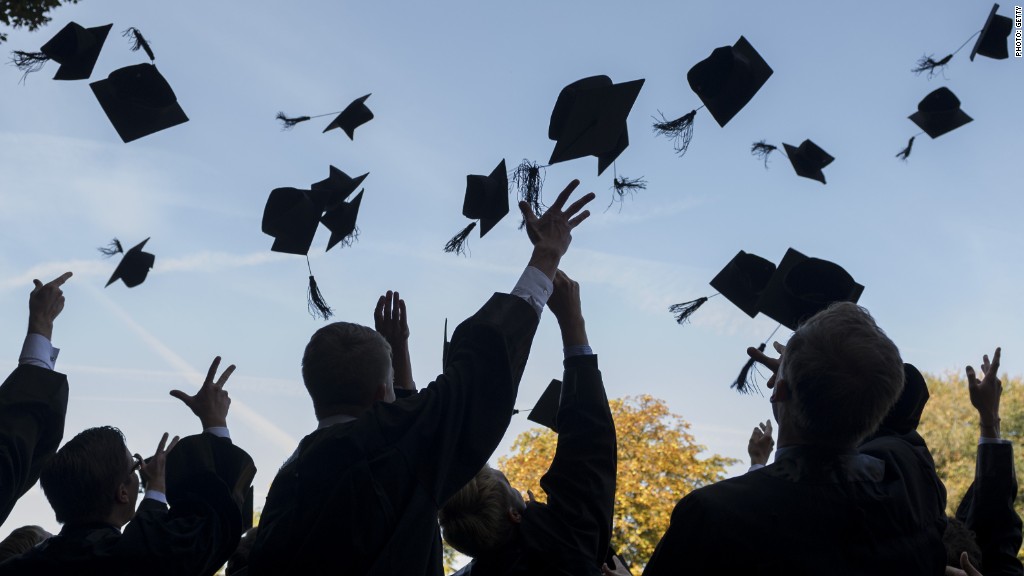
She's so, so close to being debt free.
Jessica Elberfeld, 29, has paid down more than $100,000 of her student loans since she graduated college seven years ago and she'll be completely done paying them off by the end of the year.
She borrowed a lot more than most people do for a bachelor's degree. But Elberfeld is also paying it down faster than those with less -- and it's not because she's making a ton of money.
Elberfeld admits she didn't feel the gravity of the situation when she borrowed the money. A lot of college-aged kids don't. Taking out loans seemed like a necessary evil in order to get her degree. She didn't get a lot of scholarship money or qualify for financial aid, so she alone was responsible for paying the full cost of tuition.
The average undergraduate borrower leaves school with $28,940 in student loans. But Elberfeld took out a total of $68,500. With interest, the total she owed climbed into six-figure territory.
Related: Too poor to pay for college, too rich for financial aid
Elberfeld wasn't borrowing recklessly. She did two years at community college on scholarship before transferring to a more expensive, private university, and worked part-time through college to fund her living expenses. Still, she had to borrow about $34,000 a year to cover tuition and rent.
Though she could have finished her last two years at a more affordable college, her goal was to break into the music business and Belmont University, located in Nashville, offers specific programs for those who want to work in the industry.
Elberfeld doesn't regret her decisions now, though she's blogged about the ups and downs of her experience. She urges others to look at all options before "signing your freedom away to attend the college you think you 'just have to go to.'"
Low-interest loans from the federal government are capped at about $5,000 a year, so Elberfeld was stuck taking out expensive private loans to the fill the gap. They carried interest rates between 8.25% and 10.75%.
She's already paid back $32,400 more than she borrowed.
By any standard, Elberfeld is crushing her student debt. Here's how she did it.
1. Find more income.
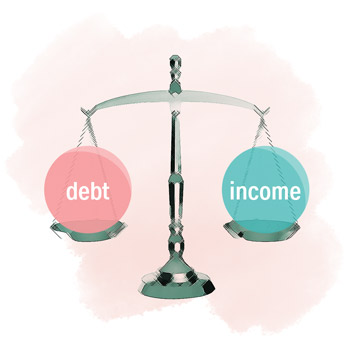
Elberfeld was on her way to her dream job, but entry level jobs in the music industry don't pay very well. Despite landing a job the day she graduated, Elberfeld could only afford to make payments on the interest, so her balance continued to balloon.
When she saw an older friend, who was also in the music biz, default on her loans, Elberfeld decided that wasn't the path for her. She found a new job in corporate sales with a $20,000 bump in salary, plus benefits.
"I had to quit what I moved to Nashville for, to pay for moving to Nashville," she said.
Elberfeld has also kept the job she had in college as a waitress at the Wildhorse Saloon. You can find her there most weekends. She also takes any odd job she can find, like house sitting for a member of the band Little Big Town or playing an extra in the TV show Nashville.
More than half of her take-home pay is going to her student loan payment. On average, she has paid $2,509 a month over the past year.
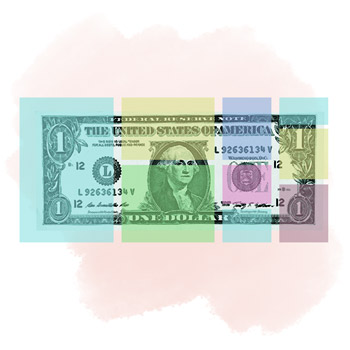
2. Stick to a budget, and don't cheat.
Elberfeld's budget is a work of art. In an spreadsheet, she keeps track of what she spends in 25 different categories (that's not a typo). Not only does she budget for big ticket items like rent and car insurance, but also on fast food. Pizza, which she loves, gets its own category. Drinks at bars are counted separately from wine bought for home. She also has a budget line for any food she buys while at work.
Elberfeld has always lived with at least one roommate to cut down on rent. Finding a room in a house, rather than an apartment or condo, has saved her money. Oh, and she's been driving the same car for 13 years. The radio doesn't work sometimes, but she won't buy a new one until she can pay for it in cash.
3. Choose one loan to pay off first.
Like many graduates, Elberfeld left school with multiple loans. If you can afford paying more than the minimum required, how do you choose which one(s) to throw extra money at?
There are two schools of thought about how to decide. The "snowball method" says to pay down the loan carrying the smallest balance first, building up momentum to tackle the bigger ones later. The "avalanche method" says to tackle the one with the biggest interest rates first.
The avalanche method makes the more mathematical sense because you'll end up paying less in interest. (The amount of money saved in the long run depends on the size of your loans and interest rates. Sometimes it's not very much.)
Elberfeld chose the snowball method, focusing on the smallest loan first. That way she could completely finish paying at least one of her loans off fairly quickly.
"It was the excitement of paying off the first loan that gave me the motivation to keep going forward," she said.
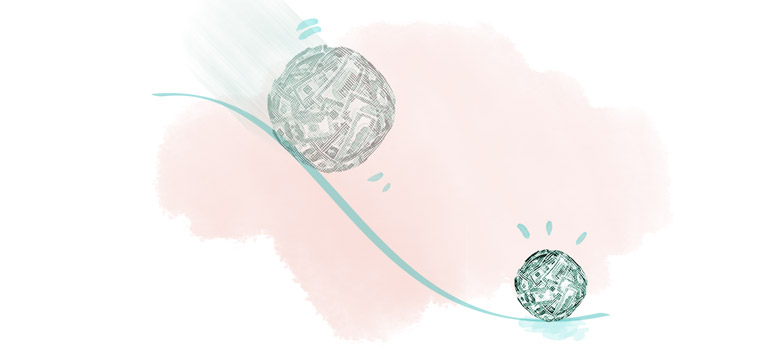
4. If a bank won't refinance your loans, try again later.
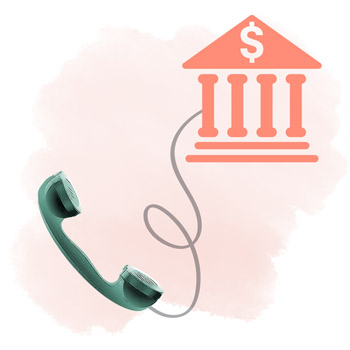
As soon as she graduated, Elberfeld tried to refinance 11 times. But her income was too little and her debt load too big. No lender would refinance her loans, until April of 2015 -- nearly six years after graduating. By that time she had about $43,000 of debt remaining and was earning more money than when she had first graduated.
Citizens Bank consolidated her loans and slashed her interest rates by about 5%.
